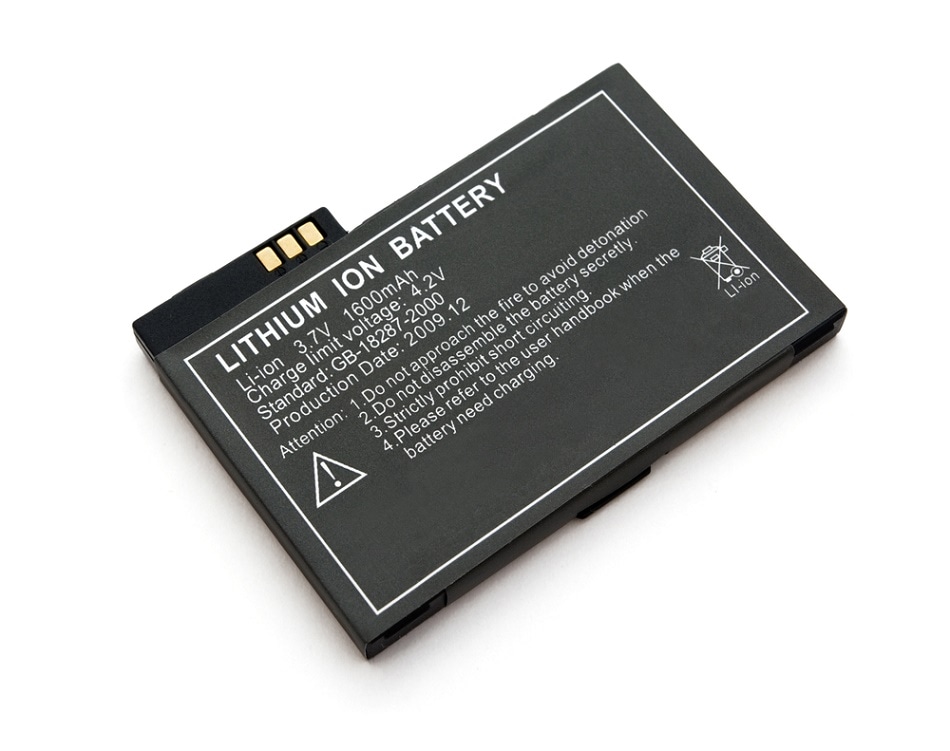Feb 8 2017
 Coprid/Shutterstock.com
Coprid/Shutterstock.com
Phones, tablets, electric vehicles, and several other applications are powered by rechargeable lithium ion batteries. Unfortunately, the batteries are typically only functional for two to three years, and the devices that they power can fail.
Already, there are so many millions of batteries that have to be recycled. A study published in the International Journal of Energy Technology and Policy explains a new method to extract cobalt and lithium that are the main metal parts of these batteries.
Ataur Rahman of the Department of Mechanical Engineering, at the International Islamic University Malaysia and Rafia Afroz of the Department of Economics, explain that the price of cobalt and lithium is increasing due to the increasing demand for lithium ion batteries.
They have studied a recycling technology that is capable of extracting the metals from scrap batteries with efficiency.
The hydrometallurgical technique used by the team could recover both lithium and cobalt in their laboratory-scale tests from regular 48.8 Wh lithium batteries. This first requires the battery to be baked in an oven at 700 °C to "calcinate" the lithium, cobalt, and copper components to eliminate organic compounds, such as foams and plastics.
The calcined material carrying metal and metal compounds (oxides and salts) is then treated with strong acids, sulfuric acid and hydrochloric acid, to leach out the metal ions. The team tried using hydrogen peroxide as a reducing agent to see if that reagent would enhance the leaching process. Lithium with about 50% efficiency and the cobalt with about 25 % efficiency were extracted by the researchers.
Since each of these metals signify 41% of the weight of a 48.8 Wh battery and 8.5% of the weight, these are considered to be practical extraction rates that would on balance represent a commercially feasible approach for recycling the electrodes from these batteries, given the acid and heating use.
The leached metals could subsequently be used in the production of new batteries or in other areas in industry. The contaminated liquid waste could be treated more so as to render it safe for disposal in compliance with recycling regulations.